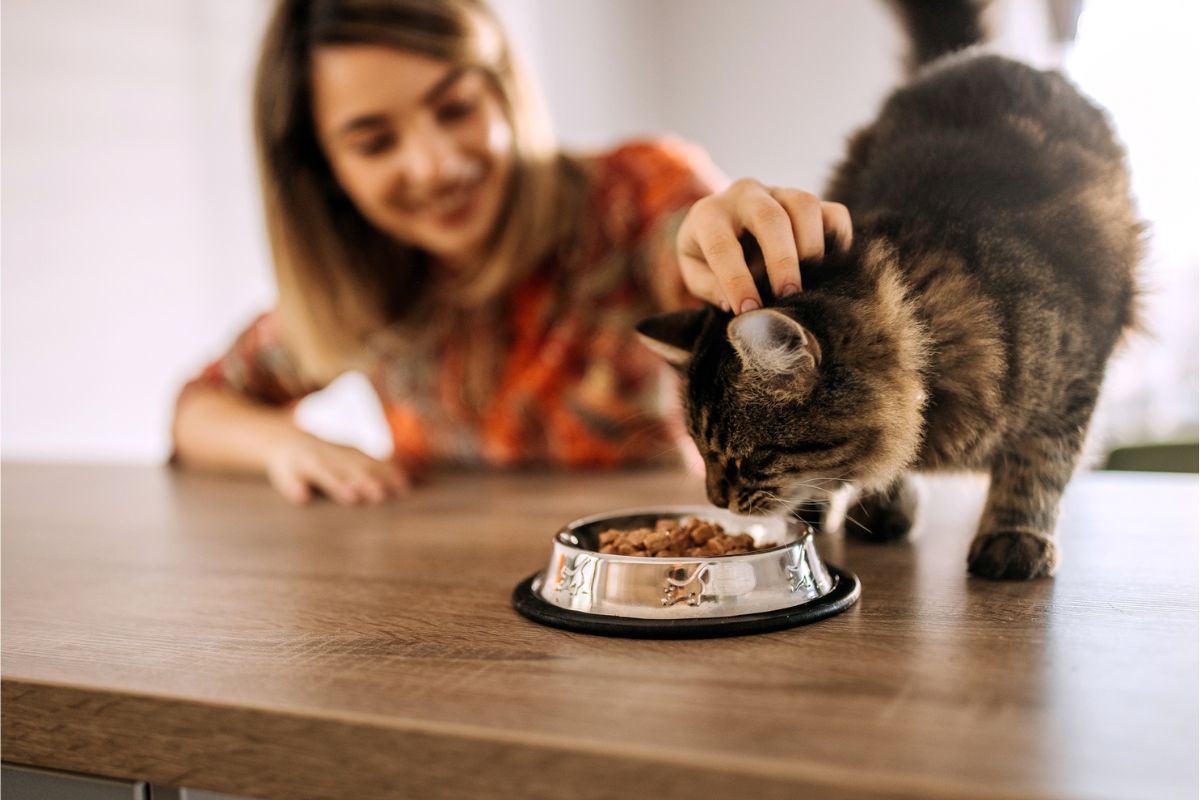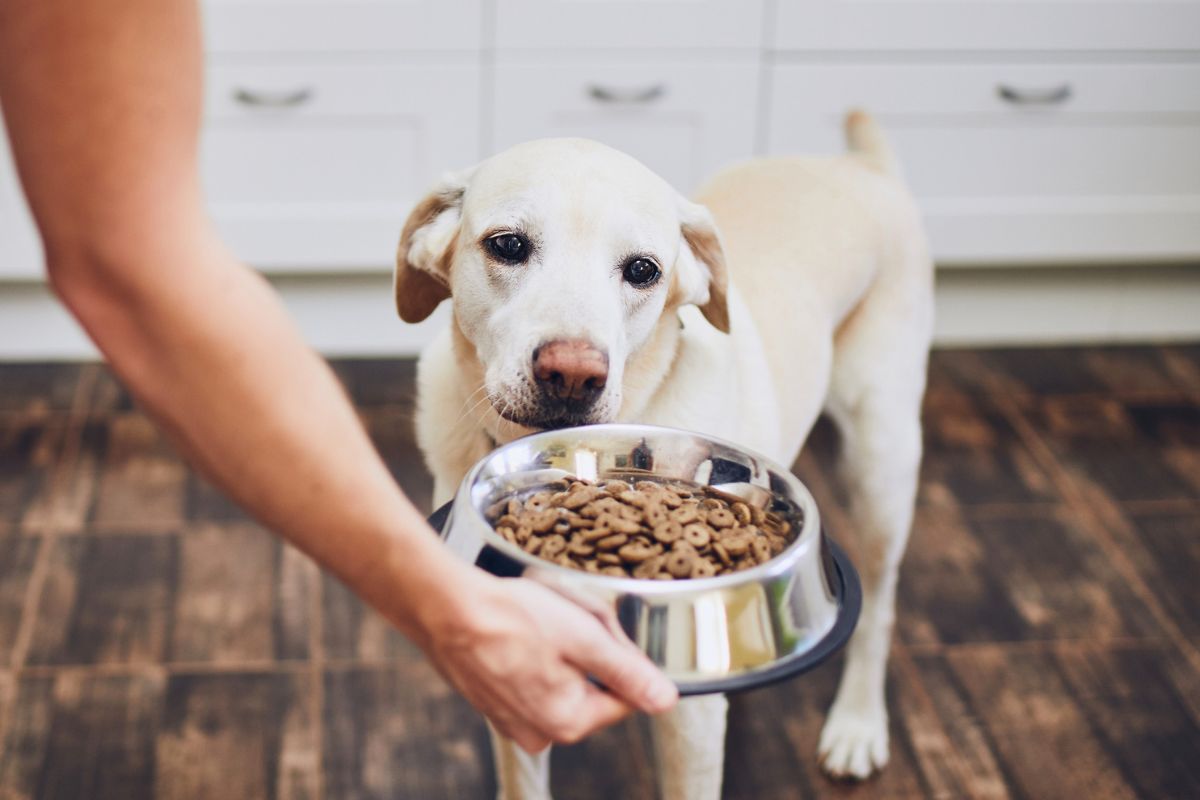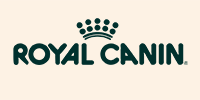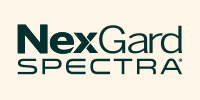While poo may not be glamourous, monitoring it can give you valuable insights into your pet’s health and can help identify potential issues early. From smelly black poo to soft furry white poo, read on to find out what’s normal and when you should be concerned.
What does healthy poo look like?
Healthy poo is usually well-formed, moist, and easy to pick up. The colour can vary depending on your pet’s diet but generally ranges from chocolate brown to slightly darker or lighter shades. The consistency should be firm but not too hard, indicating a balanced diet and healthy digestion.
The colour, consistency and contents of your pet’s poo can tell you a lot about their health. Refer to this handy guide below the next time your pet poos.
How healthy is your pet’s poo?
The perfect poo
Healthy poo is usually well-formed, firm to pick up but soft if squeezed. The colour can range from light to dark brown and the size is proportionate to the size of your pet.
What’s your pet’s poo telling you?
Consistency

Hard & Dry
Hard, dry poo may indicate dehydration or a low fibre diet. Ensure your pet always has access to water and consider adding more fibre to their diet with vegetables or high-fibre pet food.
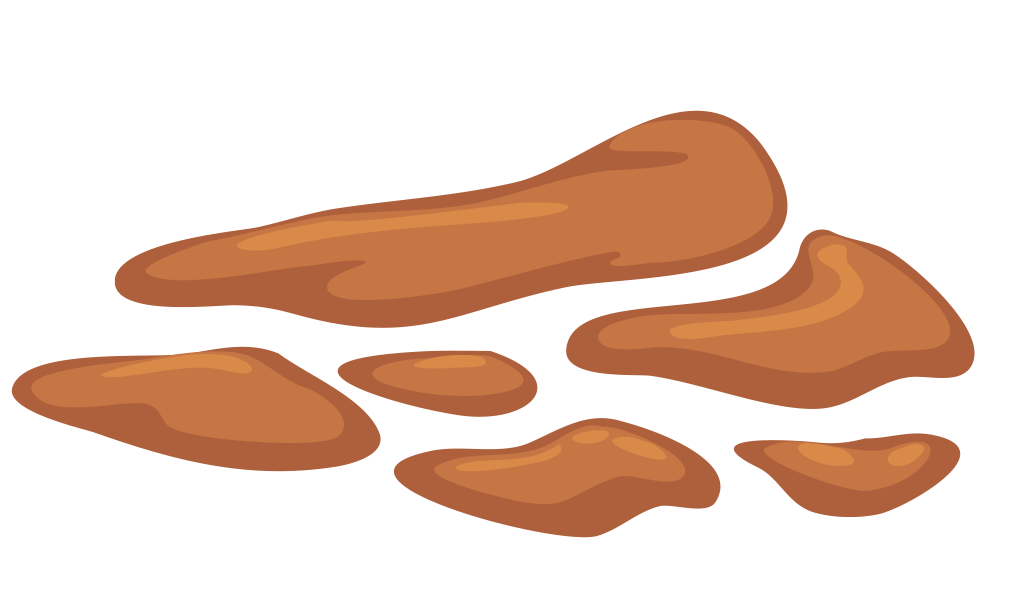
Loose & Watery
Loose or watery poo can be a sign of an upset stomach, often due to a sudden change in diet, stress, or an infection. If it lasts more than a day or two, or your pet seems unwell see your vet.
Coating

Greasy
Poo with a greasy sheen can be a sign that you’re feeding your pet too much fat or their pancreas isn’t digesting fat properly.

Mucus
Poo coated with mucus can indicate inflammation in the intestines, often due to colitis or parasites.

Blood
Red blood often indicates bleeding in the lower digestive tract, while dark, tarry poo can indicate bleeding higher up in the gastrointestinal tract.
Contents
Worms
White spots that look like rice grains may be a sign of intestinal worms, such as tapeworms or roundworms.
Fur clumps
A furry poo can be a sign of overgrooming, often a response to issues like allergies, stress or anxiety.
Foreign material
Grass, clothing, toys and other objects. If you suspect your pet has eaten something that hasn’t passed, call your vet immediately.
Colour
Can indicate issues with the liver or gallbladder.
Could indicate liver or pancreatic problems.
May result from eating grass or could suggest a gallbladder issue.
Common in high calcium diets. Can also indicate bile is stuck in the liver.
Can indicate bleeding in the upper gastrointestinal tract.
Could indicate haemorrhagic gastroenteritis.
Healthy habits for healthy poo
Developing healthy habits for your pet is essential for them to produce healthy, well-formed poo. Here are some tips to support their digestive health.
Balanced diet
Feeding your pet a balanced diet tailored to their age, size, and activity level is key to keeping them healthy and happy. A balanced diet ensures they receive all the necessary nutrients for good digestion and healthy poo. If your pet has dietary sensitivities or intolerances, their poo may look abnormal. Chat with your vet if you have any concerns, and they can recommend a tailored diet for your pet.
Regular exercise
Regular exercise promotes healthy digestion. Ensure your pet gets regular physical activity appropriate for their breed and energy levels.
Hydration
Always provide fresh water to keep your pet hydrated. Dehydration can lead to hard, dry poo and other health issues.
Regular vet check-ups
Routine check-ups help catch potential health issues early. We recommend visiting your vet at least twice a year. During these visits, your vet can offer valuable advice on your pet’s diet and overall health needs.
Related Articles
If your dog or cat has ongoing digestive issues, it’s important to visit your vet for an accurate diagnosis....
Bringing a cat into your home isn't just about cuddles and playtime. As a cat owner, it's important to...
As devoted pet parents, we want nothing but the best for our canine companions – and that begins with...


